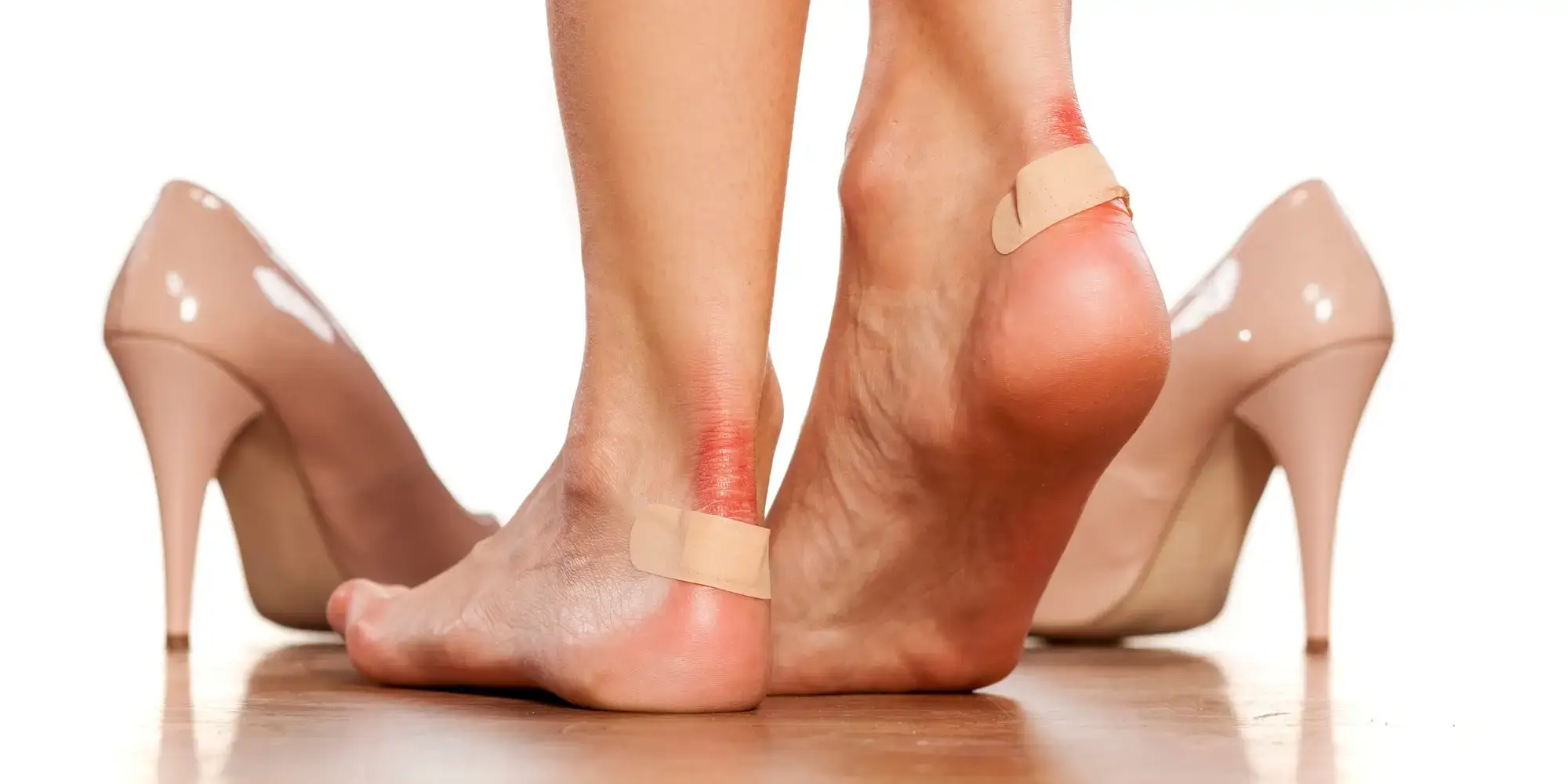Tretinoin cream is a potent topical medication often prescribed for various dermatological concerns, including hyperpigmentation. Derived from vitamin A, tretinoin works by promoting cell turnover, unclogging pores, and stimulating collagen production. Its effectiveness in treating hyperpigmentation has made it a popular choice among dermatologists and skincare enthusiasts alike.
How Does Tretinoin Cream Work for Hyperpigmentation?
Accelerating Cell Turnover
One of the primary mechanisms through which tretinoin cream combats hyperpigmentation is by accelerating the turnover of skin cells. By promoting the shedding of old, pigmented skin cells and encouraging the growth of new ones, tretinoin helps to fade dark spots and even out skin tone over time.
Inhibiting Melanin Production
As well as inhibiting melanin production, the pigment responsible for skin color, tretinoin cream also reduces hyperpigmentation. As a result of regulating melanin synthesis, tretinoin prevents the formation of new dark spots and reduces their intensity, resulting in a more uniform complexion.
Using Tretinoin Cream for Hyperpigmentation: Best Practices
Start Slowly
When incorporating tretinoin cream into your skincare routine for hyperpigmentation, it’s essential to start slowly to minimize the risk of irritation and dryness. Begin by applying a pea-sized amount of the cream to clean, dry skin every other night, gradually increasing the frequency as your skin adjusts.
Use Sun Protection
Since tretinoin can increase skin sensitivity to UV radiation, it’s crucial to apply a broad-spectrum sunscreen with an SPF of 30 or higher every morning, regardless of the weather. Sun protection not only prevents further hyperpigmentation but also helps maximize the effectiveness of tretinoin in fading existing dark spots.
Moisturize Regularly
Tretinoin cream can be drying, especially during the initial stages of treatment. To counteract this side effect, incorporate a hydrating moisturizer into your daily skincare routine. Look for non-comedogenic formulas that won’t clog pores, and apply moisturizer both morning and night to keep your skin barrier healthy and hydrated.
Be Patient
Achieving noticeable results with tretinoin cream takes time and consistency. While some individuals may start to see improvements in hyperpigmentation within a few weeks, it often takes several months of consistent use to experience significant fading of dark spots and an overall improvement in skin tone. Stick with your treatment plan and be patient, as the results will be worth the wait.
Potential Side Effects of Tretinoin Cream
Skin Irritation
Common side effects of tretinoin cream include redness, peeling, and sensitivity. These symptoms are usually mild and tend to subside as your skin becomes accustomed to the medication. However, if irritation persists or becomes severe, discontinue use and consult your dermatologist for further guidance.
Increased Sun Sensitivity
As mentioned earlier, tretinoin cream can increase your skin’s sensitivity to UV radiation, making you more susceptible to sunburn and sun damage. To minimize this risk, always wear sunscreen and protective clothing when outdoors, and avoid prolonged sun exposure, especially during peak hours.
Initial Worsening of Hyperpigmentation
In some cases, tretinoin cream may initially exacerbate hyperpigmentation before improving it. This phenomenon, known as “retinization,” occurs as the skin adjusts to the medication and typically resolves within a few weeks. If you experience significant worsening of hyperpigmentation or persistent irritation, consult your dermatologist for personalized advice.
Frequently Asked Questionss
1. How long does it take to see results with tretinoin cream for hyperpigmentation?
Results with tretinoin cream vary from person to person, but many individuals start to notice improvements in hyperpigmentation within a few weeks to months of consistent use. However, it may take several months to achieve significant fading of dark spots and an overall improvement in skin tone.
2. Can I use tretinoin cream for hyperpigmentation on all skin types?
Tretinoin cream is suitable for most skin types, but individuals with sensitive skin may experience more pronounced side effects such as redness, peeling, and irritation. It’s essential to consult with a dermatologist before starting tretinoin treatment to determine if it’s appropriate for your skin type and condition.
3. Can I apply tretinoin cream to dark spots directly?
Yes, you can apply tretinoin cream directly to dark spots as part of your skincare routine. However, it’s crucial to use a pea-sized amount and avoid applying the cream to open wounds or broken skin, as this can increase the risk of irritation and inflammation.
4. Can I use other skincare products alongside tretinoin cream for hyperpigmentation?
Yes, you can incorporate other skincare products into your routine while using tretinoin cream for hyperpigmentation. However, it’s essential to avoid products that contain exfoliating ingredients such as alpha hydroxy acids (AHAs) and beta hydroxy acids (BHAs), as they can increase the risk of irritation and sensitivity. Instead, opt for gentle, hydrating products that nourish and support the skin barrier.
5. How can I minimize side effects while using tretinoin cream for hyperpigmentation?
To minimize side effects while using tretinoin cream for hyperpigmentation, follow these tips:
- Start with a low concentration of tretinoin (e.g., 0.025% or 0.05%) and gradually increase strength as tolerated.
- Use a pea-sized amount of tretinoin cream and apply it to clean, dry skin every other night, gradually increasing frequency as your skin adjusts.
- Always wear sunscreen with an SPF of 30 or higher during the day to protect your skin from UV radiation.
- Moisturize regularly with a non-comedogenic moisturizer to prevent dryness and irritation.
- If you experience significant redness, peeling, or sensitivity, reduce the frequency of tretinoin application or consult your dermatologist for further guidance.
By following these guidelines and listening to your skin’s needs, you can minimize side effects and maximize the effectiveness of tretinoin cream for hyperpigmentation.
Conclusion
Tretinoin cream is a powerful tool in the treatment of hyperpigmentation, offering both preventive and corrective benefits. By understanding how tretinoin works and following best practices for its use, you can effectively fade dark spots, even out your skin tone, and achieve a brighter, more radiant complexion over time.
Remember to start slowly, prioritize sun protection, moisturize regularly, and be patient with your tretinoin treatment. With consistent use and proper care, you can harness the full potential of tretinoin cream to address hyperpigmentation and achieve your skincare goals.





